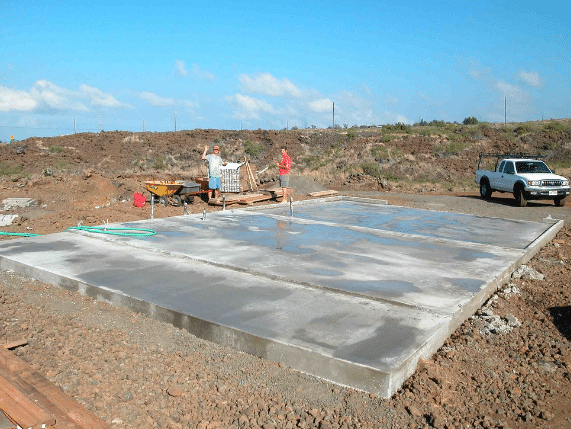What You Should Not Do When Pouring Concrete In Lakeside Ca?

- Concrete can be surprisingly heavy and it’s easy to overestimate how much you can carry at once. Have enough help on hand that everyone involved stays safe while transferring supplies and materials.
- Acid-resistant safety gloves, face masks, and safety boots should all be part of a complete PPE set when working with concrete. Wearing the right gear helps to protect skin from splashes or irritants and prevents dust inhalation.
- Low-quality concrete can easily crumble and crack during the curing process. Make sure to use only reliable materials for your project and follow the manufacturer’s instructions for any additional additives.
- Too little water can cause weak or brittle concrete, while too much will make it difficult to work with. Mixing in just enough is key, as this helps ensure a consistent set after pouring.
- After pouring, use a tamping tool or roller to make sure the surface is level and even before setting the forms. Compacting ensures that the concrete sets correctly and resists cracking down the line.
- Curing is an important part of the process, and should never be rushed. If possible, avoid working with concrete during periods of extreme temperature or humidity, as this can have a negative effect on the material.
- Depending on your project, you may need to apply concrete sealer after curing for best results. This helps protect against weathering and staining and keeps surfaces looking good for longer.
FAQ’s
What Causes Concrete To Fail?
Concrete can fail for a variety of reasons, including excessive water content, low-quality materials, and improper curing. Ensuring the right amount of water is used in the mix and that quality materials are used can help reduce the risk of failure.
How Long Do You Have To Wait To Water Concrete After Pouring?
In general, you should wait at least 24 hours before adding water to freshly poured concrete. If the weather is particularly hot and dry, it may be necessary to wait 48-72 hours.
What Happens If You Pour Concrete In The Rain?
Pouring concrete in the rain is not recommended as it can weaken the material and lead to cracking or other issues. If pouring in wet conditions is unavoidable, make sure to cover the surface with a tarp or plastic sheeting immediately after pouring. This will help protect the material from further water damage.
Conclusion
It is essential to keep these seven tips in mind when pouring concrete for your project. Doing so can help ensure the best possible result and prevent any costly or time-consuming mistakes. For more information, contact Concrete Contractor Lakeside Ca at (619) 678-0052.